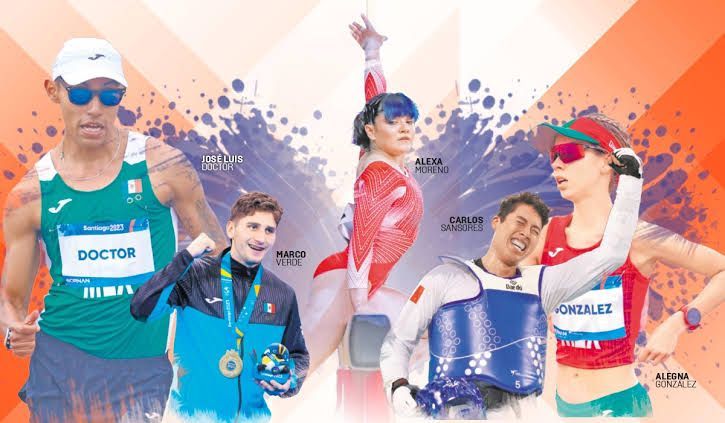Every brand is unique and contains many facets. This is also true for marketers. While it’s a creative job that is meant to engage an audience through storytelling, it also needs to accomplish the business side of things and turn that excitement into sales. That’s why the artist and the analyst need to work together to succeed. Here are some tips to merge these essential approaches:
How to merge Creative and Research teams
The artist is bold and takes risks, while the analyst studies the audience’s reactions to that innovation to ensure that it will have the desired effect.
Example: The artist needs to learn how to take calculated risks. If you’re more of an artist than an analyst, you have to ask yourself this question: Is your idea strong enough to invest your time, energy, and resources into it? To ensure the potential of a new creative idea, you can start testing it with the help of an analyst and the current tools that are available to optimize branded content.
Today’s technology allows marketing teams to remotely test their content testing and get data-driven insights in less than a week. Synapbox’s platform can help you understand how your audience will react to your campaigns before launch. By finding patterns in the emotional responses of hundreds of targeted viewers with biometric technology, you can optimize your branded images, videos, packages, concepts, and more.
The artist engages with the audience on an emotional level. The analyst looks for the difference between an entertaining experience that is merely entertaining, and an entertaining experience that can turn an engaged viewer into a happy customer.
Example: The analyst can test the creative content of the artist to find strengths and weaknesses. Tools like emotional recognition can help marketing teams test the audience’s emotional experience, and track the elements that generate each emotion: happiness, surprise, anger, sadness, or fear. Even the audience’s emotional variation or flatness of mood can measure their engagement and the success of CTAs that lead to greater ROI.
The artist uses technical skills to create a stimulating audiovisual experience: colors, music, characters, scenes, and more. The analyst reviews the final result to see which parts are successful and which ones still need to be optimized to achieve the brands’ marketing goals.
Example: Instead of reaching conclusions that can be biased due to personal taste, the analyst knows that the viewers’ real-time experience as they engage with the material can provide invaluable information. The audience’s second-by-second quality of attention: when it peaks and when it is lost. The audience’s eye movements to find the highlights on the screen: characters, objects, and products the viewer is fixating on. To reach marketing goals, purchase intention needs to be measured.

The future of marketing research
Discover Synapbox’s content testing platform and start optimizing your content with the help of artificial intelligence. Our AI-powered content testing platform uses biometric technology to analyze hundreds of targeted viewers’ emotional reactions as they engage with the content. We do this 100% remotely, in an opt-in process that brings agility & data-depth to market research. Here are some of our tools:
Eye-tracking: Reviewing viewers’ attention levels and eye fixations.
Facial coding: Analyzing viewers’ reactions and emotions (positive or negative).
Content tagging: Connecting those reactions to attributes like audio, visual elements, and areas of interest.
We complement this information with their rational responses through personalized surveys. In this part of the process, metrics like Brand Recall (probability of participants to recall the brand), Definite interest (probability of participants to purchase the product), Virality scale (their assessment of enjoyment, message clarity, relevancy, originality, and differentiators), and Content attributes (music, graphics/images, message, story, duration, characters & typography) are evaluated.
Ready to start testing your content?





 Embracing the Future of Digital Content with AI
Embracing the Future of Digital Content with AI